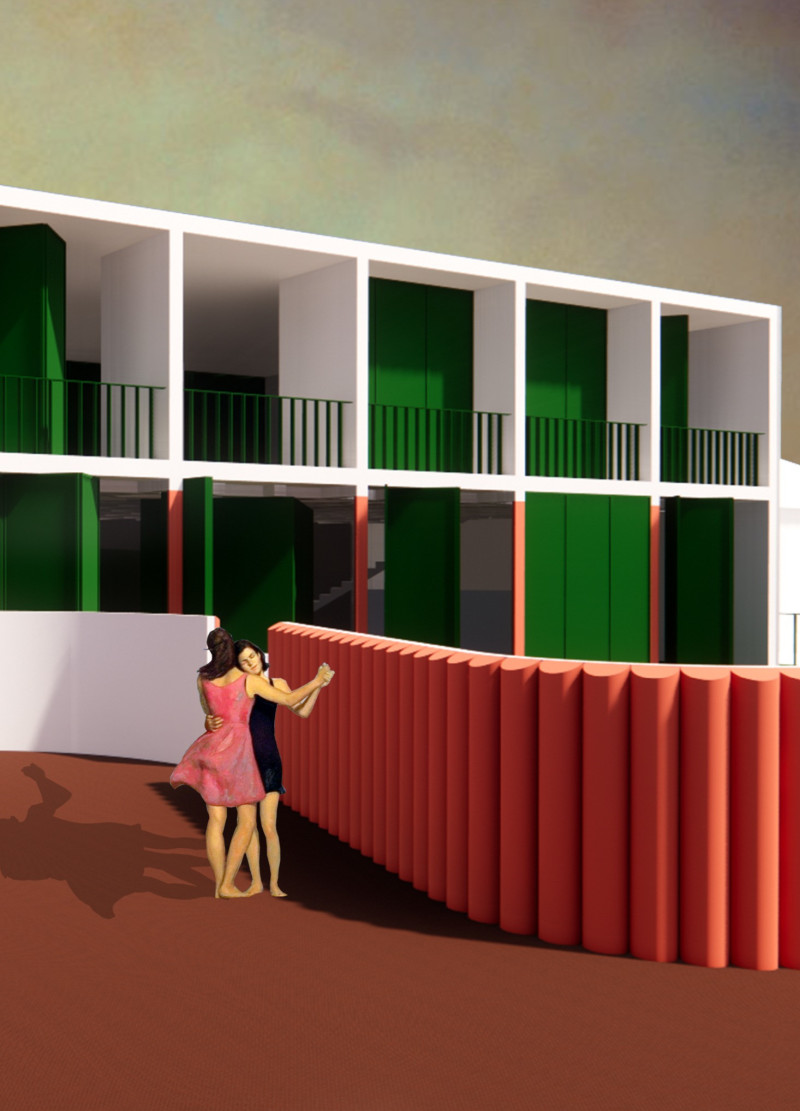5 key facts about this project
NOMBRE RADIANT is an architectural design located on the grounds of the Monte d'Oiro Winery. It aims to blend contemporary ideas with the local architectural style, creating a new identity for the winery. The design includes various functional areas such as hospitality, dining, events, and recreation. Each space is thoughtfully organized to support efficient movement and enhance the overall experience for visitors.
Spatial Organization
The project features a clear layout that separates different functional zones within the structure. Each area serves a specific purpose, making it easy for guests to move from one space to another. This arrangement promotes an intuitive experience, allowing visitors to engage with the various offerings of the winery naturally.
Form and Profile
A key aspect of the design is the use of both convex and concave forms. These shapes create visual interest and connect different program elements in a cohesive manner. By combining various profiles, the design distinguishes each zone while contributing to the overall aesthetic. This thoughtful interplay enhances both functionality and appearance.
Connection to Landscape
Openings in the walls, including windows and doors, are carefully positioned to enhance views of the surrounding vineyards. These features are designed to let in natural light and frame scenic vistas, creating a strong connection between indoor and outdoor spaces. This design choice encourages guests to appreciate the beauty of the winery's setting.
Mathematical Influence
The design also draws on mathematical concepts relevant to winemaking, particularly the plastic number. This idea informs the overall layout, resulting in a structure that is adaptable and responsive to the needs of the winery. This integration deepens the relationship between the building's function and its architectural identity.
Natural light filters through the well-placed openings, filling the interior spaces with warmth. The careful consideration of forms and connections cultivates an atmosphere that reflects the essence of the winery experience. Each detail contributes to a harmonious blend of architecture and landscape, inviting visitors to engage with their surroundings meaningfully.






















































